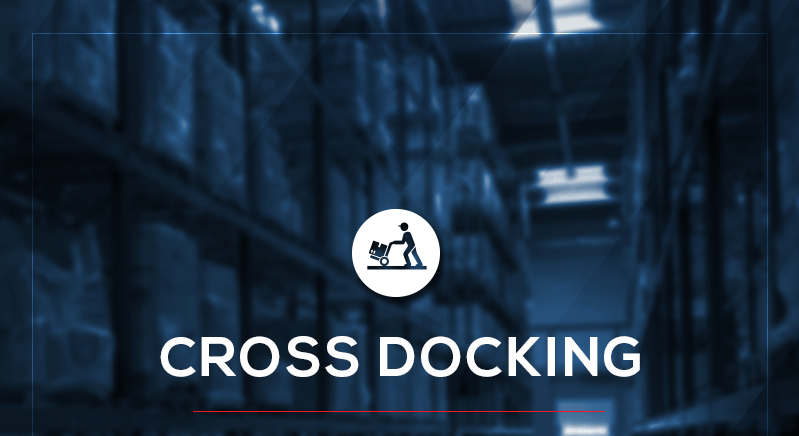Supply chains involving perishable goods use cross-docking as their main logistics method. This logistics strategy helps manufacturers improve organization and stock management. Here’s what you need to know about cross-docking and its various applications for any business.
What is cross-docking?
Cross-docking: definition, operation and stages
Implementing a cross-docking strategy relies on two key principles. Goods must pass through your warehouse without staying long and must avoid unnecessary stock placement. Cross-docking means goods only “cross the docks” — they don’t stay on warehouse shelves.
How goods flow
Traditional supply chains place the warehouse at the center — between supply and demand. This causes a discontinuous logistics flow and requires space for storage, handling, and re-shipment.
Cross-docking breaks this model to create a continuous flow. With modern software and systems, supply management becomes more agile, reducing the need for storage.
However, successful cross-docking requires perfect synchronization between warehouses, suppliers, carriers, and clients. Use a warehouse management software to meet these demands.
Partner with experienced carriers. Our flow management service, based on appropriate tools and a partner network, ensures fast deliveries in France and throughout Europe.
Cross-docking steps in logistics
Implementing a logistics technique like cross-docking involves 4 key steps. Your company must:
-
- Plan supplier order distribution;
- Organize goods reception;
- Register and inspect goods to meet quality control standards;
- Recondition, consolidate, and ship the products.
With cross-docking, you remove all unnecessary steps like storage or picking, boosting warehouse productivity.
It also reduces handling risks and shortens transit times. With a partner like STTI, you can even benefit from direct home delivery to the end client.
The different types of cross-docking
You can set up cross-docking in your company using 3 main methods: pre-distributed, hybrid, or consolidated. Each applies to cartons, pallets, kits, or other load units.
Pre-distributed cross-docking in logistics
The basic model requires the supplier to organize and prepare the goods beforehand based on the final demand. The logistics steps are limited to receiving and shipping the parcels.
Hybrid cross-docking for order preparation
This logistics method involves preparing orders in a staging area. Hybrid cross-docking means part of the shipment comes from warehouse stock and part from direct truck transfer. Goods may stop briefly in a temporary zone but without going into storage racks.
This type of cross-docking gives you the flexibility to handle many scenarios. You must still ensure proper coordination with all logistics flows.
Consolidated cross-docking
Order preparation is adapted to the end customer’s needs. With consolidated cross-docking, goods are sent to a staging area where operators adjust orders by repacking or kitting items. You may need to split pallets into smaller load units.





